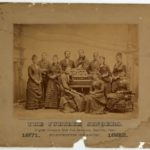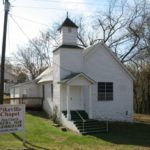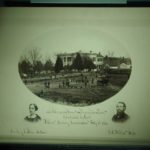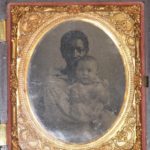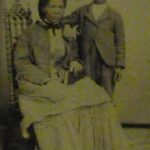Jubilee Singers

Immediately after the Civil War, the Fisk Free School for African Americans was organized in Nashville to provide education for former slaves. Located at the former Fort Gillem and named after Union General Clinton B. Fisk, it was incorporated as Fisk University in 1867. University treasurer George L. White developed an appreciation for the students’ a cappella singing and began to organize a chorus. With the school facing financial problems only four years after its founding, White proposed touring with a small group of student singers.
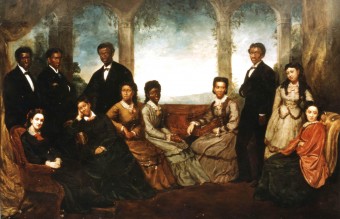
Edmund Havel.
Jubilee Singers at the Court of Queen Victoria, 1873.
Fisk University Library.
This portrait commemorates the Fisk Jubilee Singers’ performance before Queen Victoria. Painted
in 1873 by Edmund Havel, the queen’s court painter, it depicts, left to right (men): Benjamin Holmes,
Isaac Dickerson, Thomas Rutling, Edmund Watkins; left to right (women): Mabel Lewis, Minnie Tate,
Ella Sheppard, Jennie Jackson, Julia Jackson, Maggie Porter, Georgia Gordon.
View Object Details
Following a successful southern concert tour in the fall of 1871, the troupe traveled north into New England, performing Negro spirituals as an encore to “mainstream” sacred songs. After an enthusiastic response to the spirituals–or slave songs–a portion of each performance began to be devoted to spirituals. After prayer and thanksgiving for the auspicious beginning of the tour, manager George White remembered the biblical reference (Leviticus 25: 8-17) to the Hebrew “year of Jubilee” that marked the end of slavery, and the troupe was named.
A hugely successful 1872 tour paid many school debts. The decay of the school’s buildings (former army barracks) and rising enrollment presented an urgent need for a new campus. When the singers returned to Nashville in May 1874 after a year-long tour in Europe, they had raised nearly fifty thousand dollars. An imposing six-story brick building named in honor of the Jubilee Singers was dedicated January 1st, 1876. Their floor-to-ceiling portrait hangs in Jubilee Hall today, a tribute to those who saved the university and established the Negro spiritual as an authentic musical expression.
— Reavis L. Mitchell Jr., Dean of Humanities and Chair, History Department, Fisk University
Featured Music
“Nobody Knows the Trouble I See.” In Bright Mansions. Performer, The Fisk Jubilee Singers. Curb Records, Inc., 2003. CD.
Further Reading
- Reavis L. Mitchell, Jr. Fisk University Since 1866: Thy Loyal Children Make Their Way (Nashville: Fisk University, 1995)
- Reavis L. Mitchell, Jr. “Fisk University”, “Jubilee Singers of Fisk University”, and “Clinton Bowen Fisk”, in Tennessee Encyclopedia of History and Culture, Carroll Van West, ed. (Nashville: the Tennessee Historical Society, 1998, and Knoxville: The University of Tennessee Press, 2002-2011)



